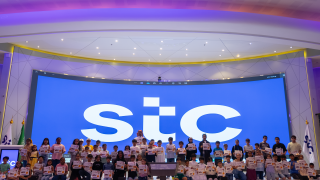The US carrier said it proved the ability to double spectral efficiency while reducing the cost per bit compared with 100G technology, which is the fastest speed presently available on its network.
The trial, which involves sending traffic across approximately 260 miles, is expected to allow the company to benefit from advanced technology to meet the robust traffic growth from drivers such as online video, LTE 4G and cloud usage.
“This accomplishment is a key technology differentiator and lays the groundwork for Verizon to continue to deliver capacity relief in a robust and scalable way,” said Ed Chan, VP for network technology at Verizon.
Verizon said it used the same hardware that supports its existing 100G ultra long-haul traffic, with pre production software to configure a Ciena Wavelogic3 coherent optical processor. It used 50GHz channel spacing to increase the amount of traffic carried, and carries double the number of bits per wavelength.
200G transmissions were conducted by Verizon on an ultra long-haul optical system for over a month, with no reported impact to live traffic also carried on the system.




